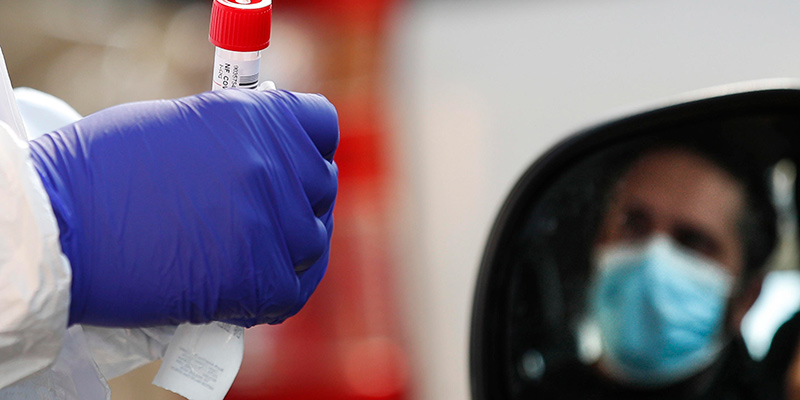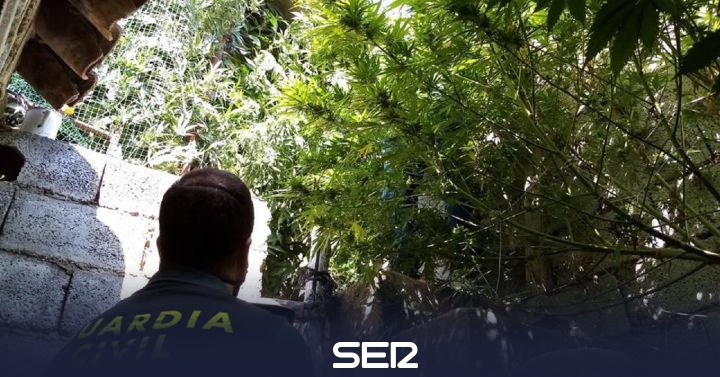With the marked increase in the number of new coronavirus positives in Italy, many are once again wondering what the symptoms of the disease caused by the virus (COVID-19) are and what is best to do for oneself and others, reducing the risk to infect other people.
Symptoms
The most common symptoms of COVID-19 include:
• fever of at least 37.5 ° C;
• recent dry cough usually persisting for a few days;
• exhaustion.
Less common ones include:
• sore throat;
• stuffy or runny nose;
• diarrhea, especially among children;
• partial or total loss of smell and taste, which can persist for several days;
• headache;
• conjunctivitis.
COVID-19 vs influenza
In its early stage, COVID-19 often presents with symptoms very similar to those of the flu and other respiratory infections. This can in some cases complicate the diagnosis of the disease and is one of the reasons why it is always good to consult your doctor in case you have symptoms.
Mild and severe symptoms
In most cases, COVID-19 presents with mild symptoms that tend to resolve in about ten days. In elderly or frail people, the disease can lead to more prominent symptoms that may require hospitalization. The most serious cases are treated in intensive care, with drugs to counteract the replication of the virus and keep the immune response under control, which sometimes becomes oversized and creates further damage. People who cannot breathe on their own are sedated and intubated, waiting for the body to overcome the infection. Further complications can lead to worsening of the clinical condition and in the most serious cases the death of the patient.
Asymptomatic
We are all made differently and react differently to a coronavirus infection. In recent months of studies and research it has emerged that a significant portion of the population does not develop symptoms and is therefore “asymptomatic”. In the period of maximum viral load, asymptomatic people can still be contagious, and for this reason it is important that those who have been in contact with people who have later discovered to be positive keep as many precautions as possible.
I have a fever, cough or other symptoms of COVID-19, what should I do?
As you should do with other health problems, in case you have a fever or cough it is good to get in touch with your family doctor who can provide information and advice on what to do.
If the symptoms have occurred for less than a day, the doctor may advise you to stay at home, possibly isolating yourself from the rest of any cohabitants, and to wait to check the evolution of the situation. In the case of persistent symptoms, the family doctor will take steps to send a notification to the ASL and arrange a swab test, to check for the presence of the coronavirus.
Quarantine and isolation
The two terms are often used interchangeably, even if they mean two slightly different things. Isolation concerns the sick, quarantine the healthy who have been in close contact with the sick. There are also numerous intermediate nuances concerning for example close contacts with positive individuals, but who have not developed symptoms. For this reason, the contact tracing activity carried out by the health authorities is important, for the correct definition of the various cases.
Isolation
Isolation concerns individuals who test positive for the coronavirus and who therefore must stay away from others, to prevent new infections.
Quarantine
The quarantine, on the other hand, concerns healthy individuals exposed to a person who tested positive for the coronavirus (“close contact”). The exposed individual must pay particular attention to the possible appearance of symptoms, which could indicate that he has suffered a contagion.
Positive buffer
In general, those who test positive for a swab must remain in isolation for a variable time depending on their condition.
Asymptomatic positives
They remain in solitary confinement for at least 10 days from the moment the test results are communicated to them. At the end of this period they must undergo a new swab: if it is negative they can end the isolation.
Positive with symptoms
They remain in isolation for at least 10 days after the onset of symptoms and must no longer have any in the last 3 days. At the end of this period they undergo a new swab: if it is negative they interrupt the isolation. It is therefore necessary that at least 3 days have passed without symptoms (within the 10 isolation period) to be able to carry out the new swab.
Prolonged positivity
Several individuals have had no symptoms for at least a week but continue to be positive for the swab which should end their isolation. The new rules introduced in October by the Ministry of Health provide that in this case the isolation can be terminated if it has lasted at least 21 days from the onset of symptoms (provided that in the last 7 days he has not had any symptoms).
Close contact
There are many circumstances that lead an individual to be referred to as “close contact”, that is, a person who has had high risk exposure with a probable or confirmed positive case.
It can be close contact:
• a cohabitant of a positive case;
• those who have been face to face with a positive less than 2 meters away for at least 15 minutes and without wearing a mask;
• those who have remained indoors for a long time with a positive and without using the mask;
• someone who has had direct physical contact with a positive, for example shaking his hand or coming into contact with his secretions, for example by touching a handkerchief to blow his used nose.
• who among the health personnel does not use adequate individual protection measures.
Close contacts usually discover that they are close before they develop symptoms, often when they receive communication from someone they met who later discovered to be positive. It is not certain that a close contact has been infected, but since many positive individuals remain asymptomatic it is equally appropriate to take some precautions.
Asymptomatic (therefore healthy) close contact must remain in quarantine for 14 days from the time it had its last contact with the positive person. At the end of the two weeks, he should not take a swab, unless in the meantime no symptoms have emerged or he has been asked to undergo tests by the health authorities.
Alternatively, to shorten the time of quarantine, the close contact can undergo a swab after ten days from the last contact with the positive case: if the test is negative, the quarantine ends immediately; if the swab gives a positive result, the close contact officially becomes infected and must therefore undergo the actual isolation.
Doubts
Procedures and case definitions may vary according to numerous circumstances, and also according to the regulations of the regions, which have responsibility for much of the management of health care. This is why it is important to contact your GP if you have symptoms or concerns about exposure. You should contact your doctor by telephone, avoiding going to his office putting other patients at risk.
Most regions have also set up toll-free numbers to obtain information and guidance on how to behave.
- Abruzzo 800 595 459
- Basilicata: 800 99 66 88
- Calabria: 800 76 76 76
- Campania: 800 90 96 99
- Emilia-Romagna: 800 033 033
- Friuli Venezia Giulia: 800 500 300
- Lazio: 800 11 88 00
- Liguria: 800 938 883
active from Monday to Friday, from 9 to 16 and on Saturdays from 9 to 12 - Lombardy: 800 89 45 45
- Walking: 800 93 66 77
- Molise 0874 313000 and 0874 409000
- Piedmont: 800 19 20 20 active 24 hours a day
800 333 444 active from Monday to Friday, from 8 to 20 - Autonomous Province of Trento: 800 867 388
- Autonomous Province of Bolzano: 800 751 751
- Puglia: 800 713 931
- Sardinia: 800 311 377 (for health info) or 800 894 530 (civil protection)
- Sicily: 800 45 87 87
- Tuscany: 055 4385850
- Umbria: 800 63 63 63
- Val d’Aosta: 800 122 121
- Veneto: 800 462 340
–


